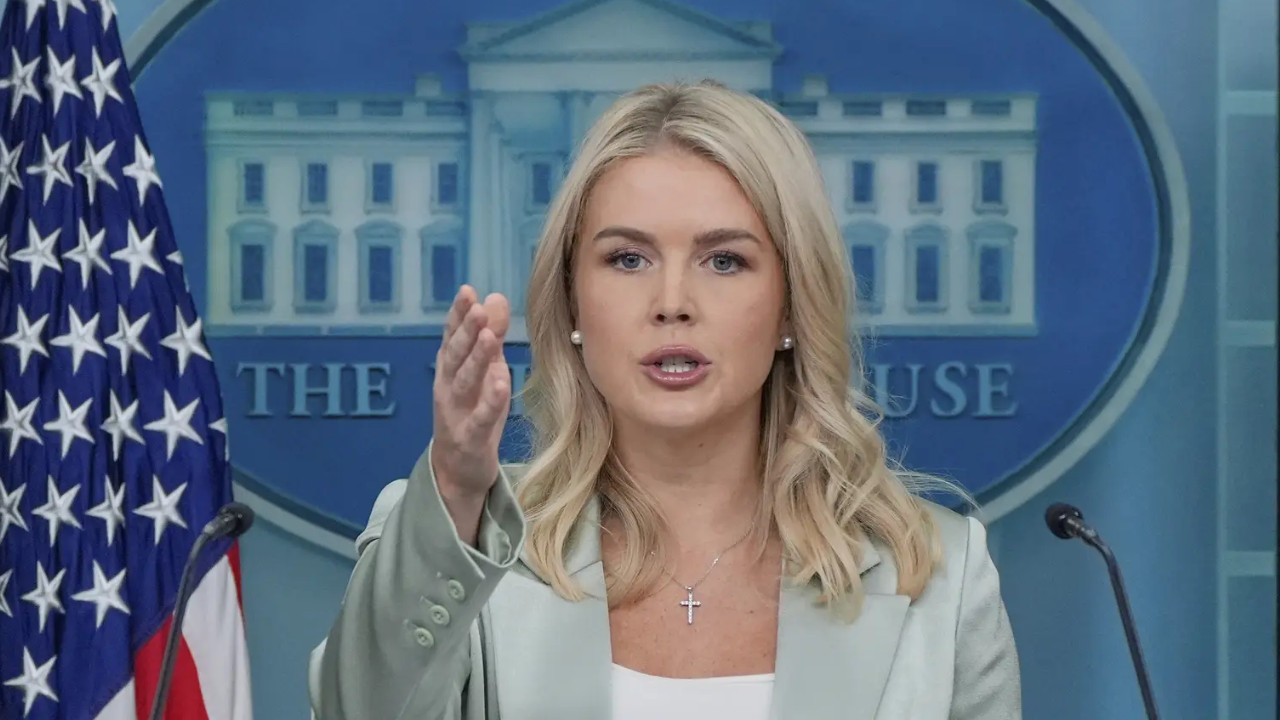US President Trump touts billions in tariff revenue, but its use remains unclear. While the government collected nearly $30 billion last month alone, a 242% increase, the funds enter a general Treasury pool. Trump proposed debt reduction or rebates, yet neither materialized.
The Curious Case of Trump’s Tariff Trove: Where Did All That Money Go?
Remember the trade wars? The headlines screamed about tariffs, retaliations, and the potential collapse of global commerce. Former President Trump, during his time in office, levied significant tariffs on goods imported into the United States, particularly from China. The promise? To level the playing field, protect American jobs, and, crucially, fill the US treasury with a newfound revenue stream. But what actually happened to all that money? Did it usher in an era of fiscal prosperity, or did it simply vanish into the bureaucratic ether? The story is, predictably, more complex than a simple sound bite.
The initial premise was enticing. Impose tariffs, collect revenue from importers (who, ultimately, often pass the cost onto consumers), and use those funds to bolster the American economy. On paper, it seemed like a win-win. However, the reality proved to be far more nuanced.
One key element to consider is the sheer scale of the tariffs. We’re talking about billions upon billions of dollars collected. In 2018 and 2019 alone, the US government raked in tens of billions in tariffs, primarily from goods originating in China. That’s a hefty sum, enough to theoretically make a noticeable dent in the national debt or fund significant infrastructure projects. The question, then, isn’t whether the money existed, but rather, where did it go?
Decoding the Tariff Revenue: Not a Separate Fund
The crucial point to understand is that tariff revenue isn’t earmarked for a specific purpose, unlike, say, a gasoline tax dedicated to highway maintenance. Instead, it flows directly into the general fund of the US Treasury, becoming part of the overall pot of money the government uses to pay for everything from national defense to Social Security. This means that pinpointing exactly where the tariff money “went” is incredibly difficult, if not impossible. It simply becomes part of the larger federal budget.
Imagine a large swimming pool representing the US Treasury. Tariff revenue is like pouring a bucket of water into that pool. It increases the overall water level, but you can’t isolate that specific bucket from the rest.
The Impact of Trade Wars on the American Economy
<img src="image_of_shipping_containers.jpg" alt="Shipping containers at a port, illustrating the flow of goods affected by Trump's trade tariffs.” width=”600″ height=”400″>
While the tariff revenue itself might be difficult to trace, the impact of the tariffs on the broader economy is a more tangible, and often debated, subject. Critics argue that the tariffs, while generating revenue, also led to higher prices for American consumers and businesses who rely on imported goods. This, in turn, can depress economic activity and offset any potential benefits from the increased revenue.
Furthermore, the retaliatory tariffs imposed by other countries, particularly China, on American exports hurt US farmers and manufacturers, creating a drag on specific sectors of the economy. The agricultural sector, for instance, experienced significant hardship as demand for American soybeans and other products plummeted in key markets.
What Was Done with the Tariff Windfall?
While there’s no direct ledger showing where the tariff money ended up, we can infer its impact by examining the overall budget picture during the Trump administration. The national debt continued to grow during this period, despite the influx of tariff revenue. This suggests that the money was used to offset existing spending or fund new initiatives, rather than significantly reduce the debt.
Some argue that the tariff revenue helped to offset the cost of tax cuts implemented during the same period. Others suggest it simply helped to maintain existing government programs and services. Regardless, the lack of transparency surrounding the allocation of these funds has fueled debate and speculation. Internal linking this to other pages about [US Economics](https://www.example.com/us-economics) to further enhance knowledge base.
Transparency and Accountability: A Call for Clarity
The story of Trump’s tariff trove highlights the importance of transparency and accountability in government finances. While tariffs can be a legitimate tool of trade policy, it’s crucial for policymakers to clearly articulate the intended purpose of the revenue generated and to provide a clear accounting of how those funds are ultimately used. Without such transparency, it becomes difficult to assess the true impact of these policies on the American economy. The collection of tariffs does not automatically ensure economic prosperity, as the money goes into the general fund and is used at the discretion of lawmakers and policymakers.
In conclusion, the tale of Trump’s tariff revenue isn’t one of a hidden treasure chest, but rather a reminder that even substantial sums of money can disappear into the complexities of the federal budget. Whether the tariffs ultimately benefited or harmed the American economy remains a subject of ongoing debate, but one thing is clear: the need for greater transparency in how government revenue is allocated is more important than ever.







